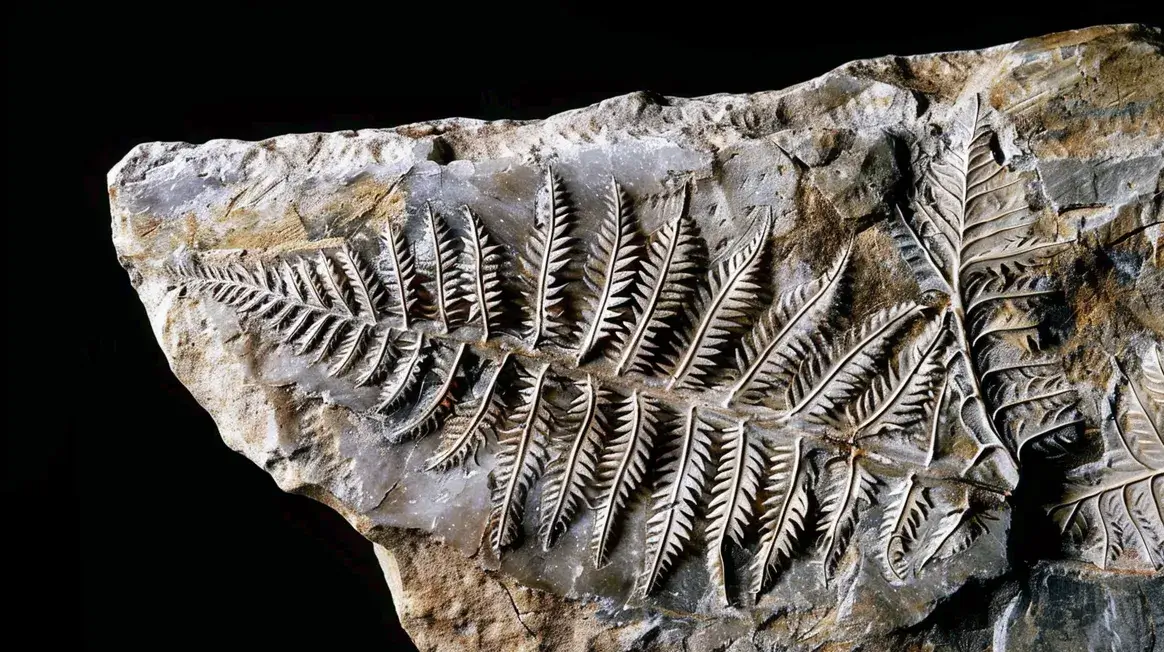
Ammonites were a group of marine animals that lived during the same time as the dinosaurs. These fascinating creatures were cephalopods, related to modern-day squid and octopuses, but they had unique spiral shells that make them easily recognizable in the fossil record.
am·mo·nite
/ˈaməˌnīt/
noun
Ammonites first appeared in the Devonian Period, about 400 million years ago, and thrived in the oceans until the end of the Cretaceous Period, about 66 million years ago. During this time, they evolved into a wide variety of shapes and sizes, from tiny species less than an inch in diameter to giants that measured over six feet across!
One of the most striking features of ammonites was their beautiful, coiled shells. These shells were divided into chambers, which the animal could fill with gas to control its buoyancy and move up and down in the water column. As the ammonite grew, it would continuously add new chambers to its shell, creating the spiral pattern that we see in fossils today.
Example
Ammonites are often found in marine sedimentary rocks, such as limestone and shale. One famous example is the Jurassic Coast of southern England, where thousands of ammonite fossils have been collected over the years. These fossils range in size from tiny specimens that can fit in the palm of your hand to enormous shells that are as big as a car tire!
Fun Fact
Did you know that ammonites are named after the ancient Egyptian god Ammon? The spiral shape of their shells reminded early scholars of the ram’s horns that adorned statues of this deity. In fact, ammonite fossils were sometimes called “snake stones” or “serpent stones” because of their coiled appearance!
People Also Ask
What did ammonites eat? Ammonites were predators that likely fed on small fish, crustaceans, and other marine animals. They had sharp, beak-like jaws that they used to grab and tear apart their prey.
How are ammonites related to modern animals? Ammonites belong to a group of animals called cephalopods, which includes modern-day squid, octopuses, and nautiluses. Like their living relatives, ammonites had well-developed eyes, tentacles, and the ability to squirt ink to confuse predators.
Why did ammonites go extinct? Ammonites went extinct during the Cretaceous-Paleogene extinction event, which wiped out the dinosaurs and many other forms of life on Earth. The exact cause of their extinction is still debated, but it may have been related to changes in ocean chemistry, loss of food sources, or competition from other marine animals.